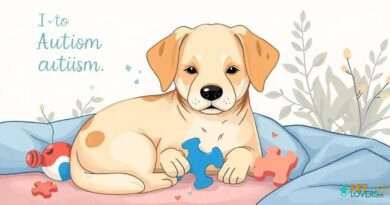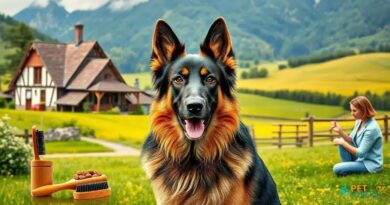What is fur types and care
Understanding Different Fur Types
When it comes to our canine companions, understanding the various fur types is essential for proper care. Dogs typically have three main types of fur: single coat, double coat, and hair. Each type has unique characteristics that influence grooming needs, shedding patterns, and overall maintenance. For instance, single-coated breeds, like the Dalmatian, have a short, sleek fur that requires less grooming compared to double-coated breeds, such as the Siberian Husky, which have a dense undercoat that sheds heavily.
Single Coat: Characteristics and Care
Single-coated dogs possess a single layer of fur, which often results in minimal shedding. Breeds like the Beagle and Greyhound fall into this category. Their fur is typically short and smooth, making them relatively low-maintenance. However, they still require regular brushing to remove loose hair and dirt. Bathing should be done as needed, but over-bathing can strip their coat of natural oils, leading to dry skin.
Double Coat: Understanding the Layers
Double-coated dogs have two layers of fur: a soft, insulating undercoat and a longer, protective outer coat. Breeds such as the Golden Retriever and German Shepherd are prime examples. The undercoat helps regulate body temperature, while the outer coat protects against environmental elements. Grooming these breeds requires more effort, especially during shedding seasons, when they may need to be brushed several times a week to manage loose fur and prevent matting.
Hair vs. Fur: What’s the Difference?
While many people use the terms “hair” and “fur” interchangeably, there are distinct differences. Hair is typically longer, finer, and grows continuously, as seen in breeds like the Poodle and Maltese. Fur, on the other hand, is shorter and denser, with a growth cycle that includes shedding. Understanding these differences is crucial for selecting the right grooming tools and techniques for your dog.
Grooming Essentials for Different Fur Types
Each fur type requires specific grooming tools to maintain a healthy coat. For single-coated breeds, a simple bristle brush or grooming mitt can suffice. In contrast, double-coated breeds benefit from slicker brushes and undercoat rakes to effectively remove loose hair and prevent matting. Additionally, regular nail trimming and ear cleaning are essential components of grooming, regardless of fur type.
Shedding Patterns and Seasonal Changes
Shedding is a natural process for dogs, but it varies significantly between fur types. Single-coated breeds tend to shed year-round, while double-coated breeds experience seasonal shedding, often referred to as “blowing coat.” This typically occurs in spring and fall, when dogs shed their undercoat to adapt to temperature changes. Understanding these patterns can help pet owners prepare for increased grooming during shedding seasons.
Bathing Techniques for Healthy Fur
Bathing is an important aspect of fur care, but the frequency and method depend on the fur type. Single-coated dogs may only need a bath every few months, while double-coated breeds may require more frequent baths, especially if they spend time outdoors. Using a gentle, dog-specific shampoo is crucial to avoid skin irritation. Always ensure thorough rinsing to remove all soap residue, which can lead to dryness and discomfort.
Nutrition’s Role in Fur Health
A dog’s diet plays a significant role in the health of their fur. High-quality dog food rich in omega fatty acids can promote a shiny, healthy coat. Supplements, such as fish oil, can also be beneficial, especially for breeds prone to skin issues. Always consult with a veterinarian before introducing new supplements to ensure they are appropriate for your dog’s specific needs.
Recognizing Fur-Related Health Issues
Monitoring your dog’s fur and skin is essential for early detection of health issues. Signs of problems may include excessive shedding, bald patches, or skin irritation. Conditions such as allergies, parasites, or infections can manifest through changes in fur quality. Regular grooming not only helps maintain a healthy coat but also allows for close inspection of the skin, enabling pet owners to address potential issues promptly.
Professional Grooming: When to Seek Help
While many pet owners can manage basic grooming at home, some situations may require professional assistance. Dogs with particularly thick or long fur may benefit from regular visits to a groomer to maintain their coat and prevent matting. Additionally, if you notice any unusual changes in your dog’s fur or skin, consulting a professional groomer or veterinarian can provide valuable insights and solutions.




